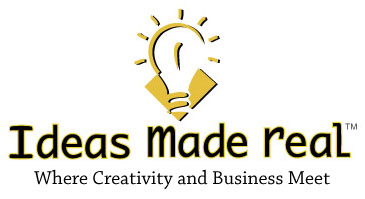 In some quarters, today is written 12-13-14. A fine time to think about the sequence in which you do things. Not just the things you regularly do, though it’s a good idea to regularly ask yourself if they are the best or only things you could be doing, but the sequence.
In some quarters, today is written 12-13-14. A fine time to think about the sequence in which you do things. Not just the things you regularly do, though it’s a good idea to regularly ask yourself if they are the best or only things you could be doing, but the sequence.
Certainly it makes sense to put your socks or pantyhose on before your shoes. In most cases, you still need to open the car door, put the key in the ignition, and turn the key to start the engine. We need to have the bowl set on the table to crack in the eggs, or no omelette. (And it goes without saying: no pins, no bowling, right?)
But it’s not necessary to always do all tasks in the same order. Say you’ve gotten in the habit of sending an email or text when you first meet someone. Mix it up. Call some people first, then email or text them. Make notes afterward. Which worked better?
Or consider your sequence of thoughts. Someone pays you a compliment. Do you always respond by saying, “Oh, it was nothing,” or “You wouldn’t believe what I paid for it!”? Next time, follow the compliment you just received with one about the other person or someone you both know. Or tell the person you like that quality in him/her, that habit of expressing appreciation of others.
Other sequences to consider: You call someone who expressed interest in your work, and the person says, “No, thanks.” Do you just say, “Oh, okay, thanks, goodbye?”
How else could you reply? Here are a couple possibilities:
“Sorry to hear it, but thanks for asking about what we do. Is there anything else you need that we don’t do but that someone I know might be able to help with?” Or, “It sounds as though your needs are met, for now. Please let me know if that changes; in the meantime, is there someone else you know who might benefit from what we do?”
These aren’t intended to be scripts, just reminders that it isn’t necessary to follow a “no” with “goodbye.”
Last, but not least: You’ve probably seen a post to one side of some articles online lately, called “What to read next.” Reading is wonderful: it’s one of the great pleasures in life, and it’s also a great source of knowledge—or can be, if you’re the one making the choice. But often one article can follow another and suddenly you wonder, “Where did the time go?” Instead, substitute the word “do” for “read” in that sentence. Before you stop to read an article online, open a page in your favorite writing program and write, “What to do next.”
“And on that list put the things you really want to get done today, right?”
Not a bad idea. But I was thinking of something else: write the action you want to take based on the article. You already have some ideas about the article, chances are, or you wouldn’t be so eager to read it. Consider how you’d like to respond. Do you want to write a comment? An Op-Ed? Your own article? Do you want to give a talk based on that subject matter? Forward the piece to a friend who might benefit?
If you consider these options and highlight the one you’d like to do, you’ll find you’ll read more closely and also be less likely to suffer from “The Case of the Missing Afternoon” or “How Do I Catch Up Now?”
Remember, aside from the times you’re waiting for others, the sequences in which you do things are really up to you. Make sure you choose them consciously and, like the spices in your cupboard, periodically check on them to see that they are still fresh.
The only crystal ball most of us have to work with today is in the picture accompanying this story. But most of us have a mirror. Tell the person you see there how you can use what you’ve just read here to build the future you want to see—starting now.
©2014 Laynie Tzena. All Rights Reserved.




No comments yet.